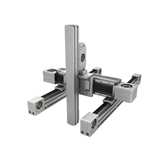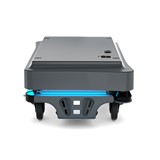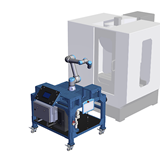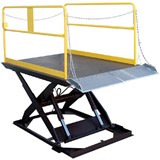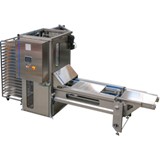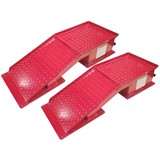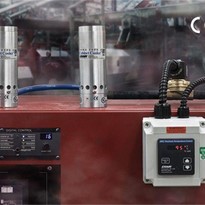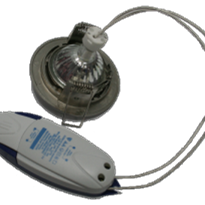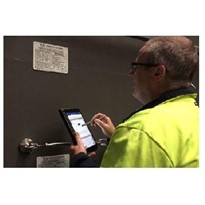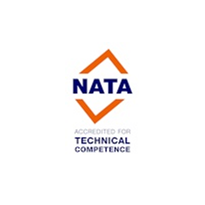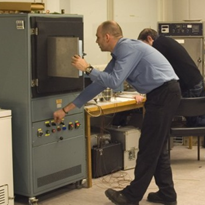Previously, structural analysis products were divided by the industry they were aimed at. However, with Autodesk's strategy of democratising technology, the lines between industries have become blurred. Designers can now access a range of analysis tools best suited to their particular design problem.
This paper considers three available FEA analysis options: Autodesk Inventor Professional, Autodesk Mechanical Simulation, and Autodesk Robot Structural Analysis.
Using these products, we consider three stages in a possible workflow for checking the structural integrity of beams in accordance with AS 4100-1998, and the strength of connection plates to verify accuracy:
- Modelling a steel structure in Inventor Professional, using Australian Standard Steel Sections to AS1163, and loading requirements defined in AS 4100-1998.
- Importing the design into Autodesk Robot Structure for detailed checking to AS 4100-1998.
- Checking of connections using Autodesk Simulation Mechanical Simulation and verifying the accuracy of the finite element analysis.
By using FEA as outlined in this paper, products and structures can be developed faster with greater reliability, and costs minimised through the reduction in rework and testing.




-160x160-state_article-rel-cat.png)



-160x160-state_article-rel-cat.png)



